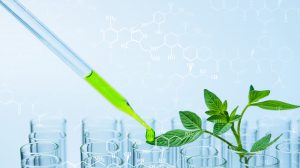Mac
a serious opportunistic infection caused by two similar bacteria (mycobacterium avium and mycobacterium intercellulare) found in the soil and dust particles. In aids, mac can spread through the bloodstream to infect lymph nodes, bone marrow, liver, spleen, spinal fluid, lungs and intestinal tract. Typical symptoms of mac include night sweats, weight loss, fever, fatigue, diarrhoea and enlarged spleen. Mac is usually found in people with cd4 counts below 100. Mac is also called mai.
Dictionary > Mac
You will also like...

Animal Water Regulation
Animals adapt to their environment in aspects of anatomy, physiology, and behavior. This tutorial will help you understa..

Plant Water Regulation
Plants need to regulate water in order to stay upright and structurally stable. Find out the different evolutionary adap..

The Water Cycle
The water cycle (also referred to as the hydrological cycle) is a system of continuous transfer of water from the air, s..

Adaptation Tutorial
Adaptation, in biology and ecology, refers to the process or trait through which organisms or the populations in a habit..

Plant Biology
Plantlife can be studied at a variety of levels, from the molecular, genetic and biochemical level through organelles, c..

The Origins of Life
This tutorial digs into the past to investigate the origins of life. The section is split into geological periods in the..